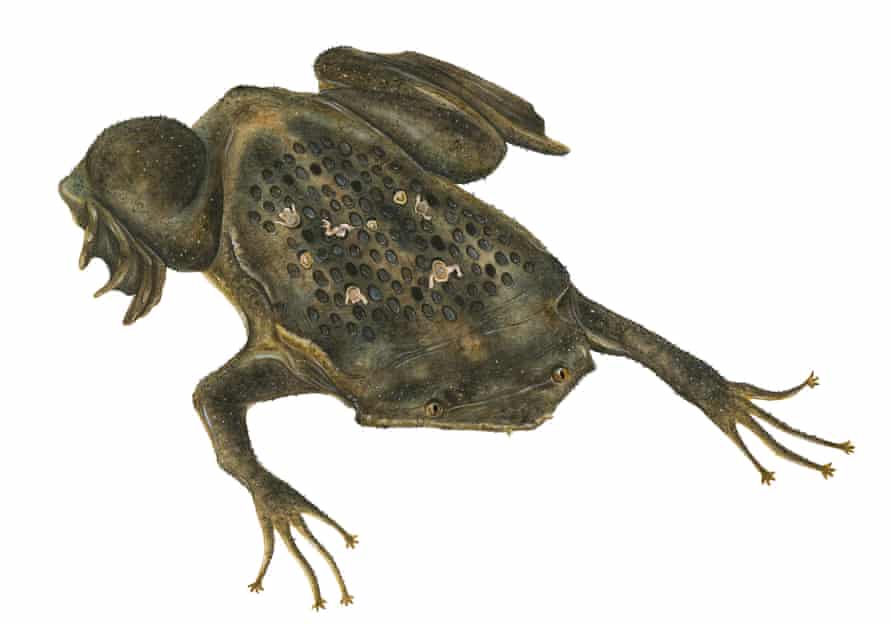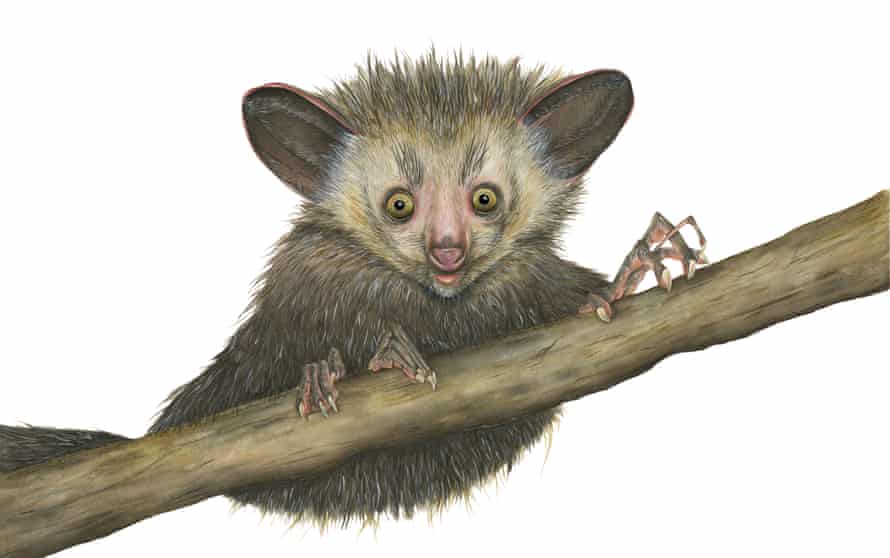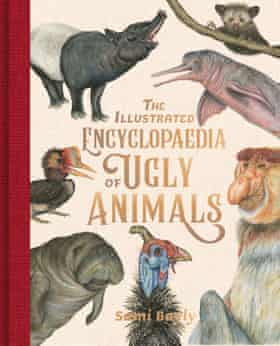Funny Kids Ugly Animal Drawing
T he surinam toad is an unusual creature to behold: it has an extremely flat, splat-like body, with a posterior packed with large pores full of babies. It's as though somewhere during evolution, it took a wrong turn – and then got run over.
But of course, the adaptation has an intelligent purpose. By carrying her eggs on her back, the mother is able to lay flat against her surroundings, protecting her spawn from predators until they are ready for the world.
If you suffer from trypophobia (the fear of small, tightly packed holes), look away now.

The surinam toad is a perfect example of one of my obsessions: ugly animals. What may be a distressingly hideous feature to humans often belies evolutionary genius, which fascinates me so much that I wrote and illustrated a whole children's book full of them.
Most people spend their lives avoiding being associated with anything regarded as "ugly"; I find myself being drawn towards them. And drawing them.
I'm 23 now but I grew up in my family's home just outside of Port Macquarie in Australia, in the rural suburb of Sancrox. From an early age I found so much joy in the weird and wonderful creatures around me, from the frequent visits of Antechinus marsupials to the bandy-bandy snakes, goannas in the garden, and possums in the trees. We had a vast range of pets too – miniature ponies and donkeys, among them.
Our home was always decorated with paintings by Mum, and my sister and I were fortunate enough to inherit her artistic skill. I wasn't sure what to do with it after studying art in high school – until Mum came across a unique course: I could get a bachelor's degree in natural history illustration.
During my honours year I researched the connections between conservation and aesthetics, to discover the impact of an animal's appearance on how willing humans were to assist with its survival.

Large and impressive animals found in safari parks or reservations, including tigers, lions and elephants, are considered "charismatic megafauna" owing to their popularity with the public. As a result, they tend to receive more press, better benefits and more donations – while less popular or "ugly" animals are left behind.
In his 2011 article, The New Noah's Ark, the Canadian veterinary research scientist Ernie Small compared the $2m Coca-Cola had committed to save polar bears – and the $125m commitment to the whooping crane made by a joint Canada-US recovery plan – with money promised to help endangered frogs and toads, who receive nowhere near that much.
"Aesthetic and commercial standards have become the primary determinants of which species in the natural world deserve conservation," he wrote. "Accordingly, the world's biodiversity is being beautified by selective conservation of attractive species, while the plight of the overwhelming majority of species is receiving limited attention."

Species that possess human tendencies, infant-like features, vibrant colours, symmetry and impressive proportion – or offer something we can use, such as food, medicine or clothing – are almost always going to appeal more to us. But an animal like the endangered aye-aye suffers in comparison.
To draw the aye-aye, one must take into consideration their coarse fur, bulging eyes, scrawny single finger and over-all rat-like appearance, while keeping the superstition that surrounds it in the back of one's mind: if an aye-aye points at you with its long finger, the legend goes, you've been cursed with an imminent death.
It sounds ridiculous, but myths like these have a direct impact on their population. We need to understand this incredible species, not be afraid of it; we need to educate others on why the creature has evolved like this. It is one of only a few species to use a technique called "percussive foraging": their large ears help them hear insects inside the trees; their sharp teeth gnaw holes in the wood; and their eerily long index finger and claw helps them spear grubs found in the holes they've made, for a tasty meal.

The helmeted hornbill is another one: critically endangered owing to land clearing for palm oil plantations, and poaching for its magnificent red ivory casque. In West Kalimantan, 6,000 birds were killed for trade purposes in 2013 alone, to create carved ornaments and jewellery from their horns.
The helmeted hornbill is wonderful to illustrate, with its enormous size, outrageous beak and textured neck. I used a range of painting techniques to capturethis weird yet wonderful bird.
I hope my book will introduce others to a broader range of species – and help us care about them, regardless of how they look.
Funny Kids Ugly Animal Drawing
Source: https://www.theguardian.com/commentisfree/2019/oct/01/most-people-avoid-ugly-animals-im-obsessed-with-them